No caulk between bathtub and tile enclosure
melle_sacto is hot and dry in CA Zone 9/
9 years ago
Featured Answer
Sort by:Oldest
Comments (14)
ineffablespace
9 years agoRelated Professionals
Albany Kitchen & Bathroom Designers · Ridgewood Kitchen & Bathroom Designers · Saint Peters Kitchen & Bathroom Designers · Southbridge Kitchen & Bathroom Designers · Springfield Kitchen & Bathroom Designers · Centerville Kitchen & Bathroom Remodelers · South Plainfield Kitchen & Bathroom Remodelers · Eufaula Kitchen & Bathroom Remodelers · Galena Park Glass & Shower Door Dealers · Salt Lake City Glass & Shower Door Dealers · Cypress Glass & Shower Door Dealers · Berkeley Heights Cabinets & Cabinetry · Atascocita Cabinets & Cabinetry · Oklahoma City Window Treatments · Inwood Window Treatmentsjerzeegirl
9 years agomelle_sacto is hot and dry in CA Zone 9/
9 years agopalimpsest
9 years agojerzeegirl
9 years agoBabka NorCal 9b
9 years agomayflower1032
9 years agomillworkman
9 years agomelle_sacto is hot and dry in CA Zone 9/
9 years agomayflower1032
9 years agomayflower1032
9 years agoStoneTech
9 years agoDebra Wells
last year
Related Stories

BATHROOM TILEQuick Fix: Repair Cracked Bathroom Grout
Banish an eyesore and safeguard your bathroom from water damage in 30 minutes or less with this DIY repair
Full Story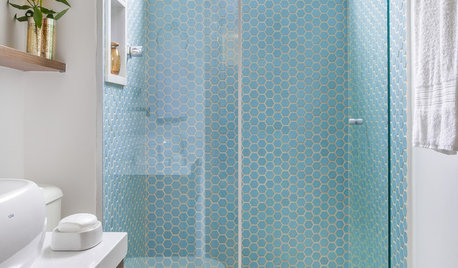
SHOWERSShower Design: 13 Tricks With Tile and Other Materials
Playing with stripes, angles, tones and more can add drama to your shower enclosure
Full Story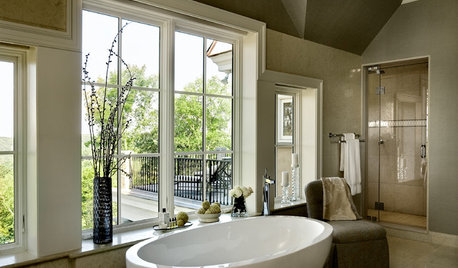
BATHROOM DESIGNExpert Talk: Freestanding Bathtubs Make a Splash
Professional designers explain why they chose freestanding tubs and how the style can enhance the design of any bathroom
Full Story
PHOTO FLIP71 Dream Bathtub Views
Soak in the sights with this collection of tantalizing tubs and inspiring vistas
Full Story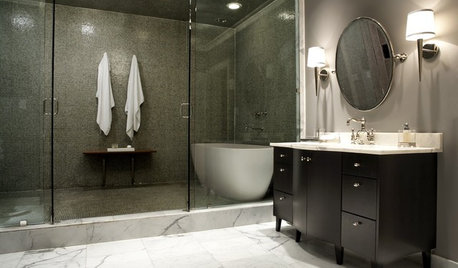
BATHROOM DESIGNHow to Choose Tile for a Steam Shower
In steamy quarters, tile needs to stand up to all that water and vapor in style. Here's how to get it right the first time
Full Story
BATHROOM DESIGNConvert Your Tub Space Into a Shower — the Tiling and Grouting Phase
Step 3 in swapping your tub for a sleek new shower: Pick the right tile and test it out, then choose your grout color and type
Full Story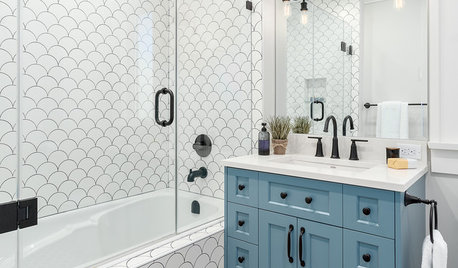
BATHROOM DESIGNShower Curtain or Shower Door?
Find out which option is the ideal partner for your shower-bath combo
Full Story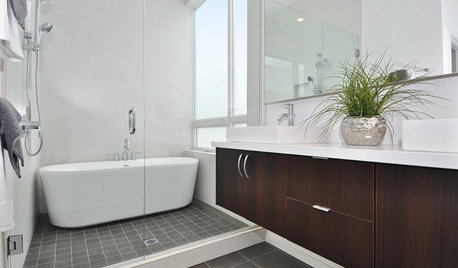
BATHROOM DESIGNWhy You Might Want to Put Your Tub in the Shower
Save space, cleanup time and maybe even a little money with a shower-bathtub combo. These examples show how to do it right
Full Story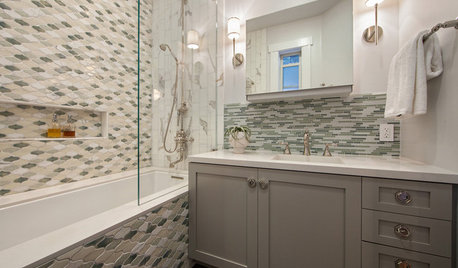
BEFORE AND AFTERSRoom of the Day: Tile Patterns Mix It Up in a Master Bath
Contemporary and classic elements mix in a boldly detailed San Francisco bathroom makeover
Full Story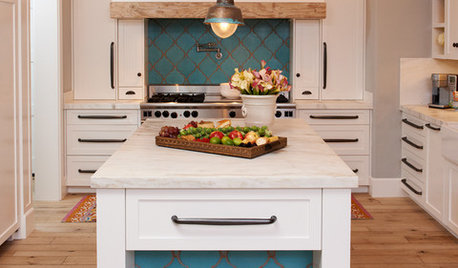
KITCHEN DESIGN10 Gorgeous Backsplash Alternatives to Subway Tile
Artistic installations, back-painted glass and pivoting windows prove there are backsplash possibilities beyond the platform
Full StoryMore Discussions






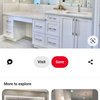


StoneTech